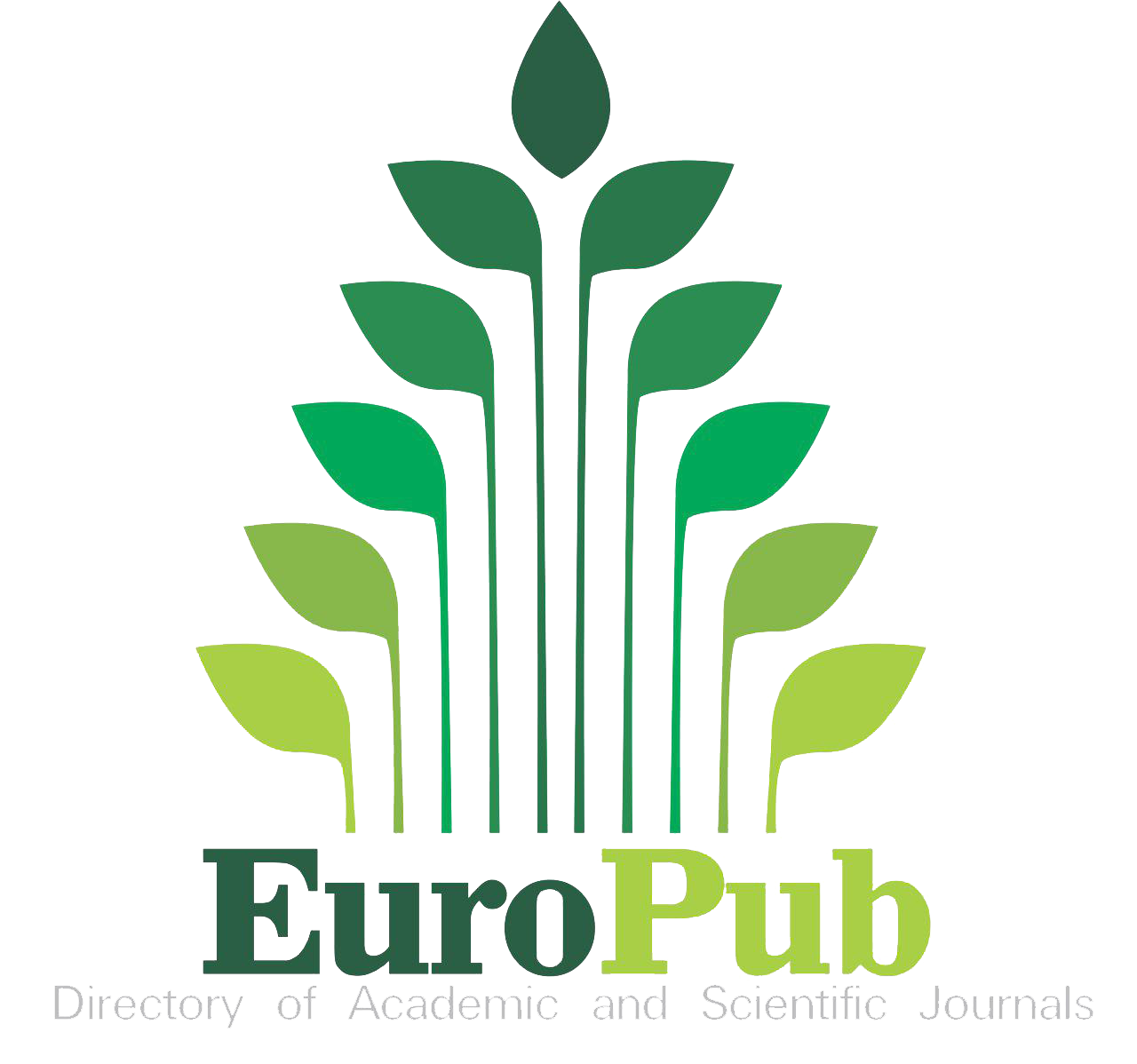Water Quality Assessment of Sarangani Bay: Basis for Sustainable Coastal Management
DOI:
https://doi.org/10.54536/ajec.v3i2.2803Keywords:
Coastal Water, Sustainable Management, Water QualityAbstract
Marine ecosystems are vital for both wildlife and human populations, but their benefits depend on the quality of the water. The study aimed to assess the quality of water in Sarangani Bay for sustainable management. The study employed a descriptive research design to evaluate the quality of water covering General Santos City’s major industrialized coastal regions and Barangays. Various factors such as physical, chemical, and biological parameters, which include dissolved oxygen, total suspended solids, nitrate, phosphate, fecal and total coliforms, pH, and temperature, are considered. The research findings reveal that the covered areas had organic pollution, and human activities like tourism, industry, restaurants, agro-industries, commercial establishments, and residential areas caused the variations in values. As a result, the study suggests that the two management zones, SU2 and MU2, responsible for regulation, should intensify their efforts to monitor the concerned areas. They may also consider organizing capacity-building activities through the LGU, reviewing policies on coastal resources, and enforcing environmental policies to improve the situation.
Downloads
References
Abinotami Williams Ebuete, Abinotami Williams Ebuete, Ebuete, Y. I., & Eluan Ebuete. (2023). Water Quality Index (NSFWQI) of the River Nun, Bayelsa State, Nigeria. American Journal of Environment and Climate, 2(2), 15–22. https://doi.org/10.54536/ajec.v2i2.598
City Development Council (2018). Comprehensive Land Use Plan for 2020 to 2026. City Government of General Santos, City Planning and Development Office.
City Development Council (2015). Ecological Profile 2016. City Government of General Santos, City Planning and Development Office.
City Disaster Risk Reduction Management Office (2018). General Santos City Disaster Risk and Reduction Management Plan for 2019-2022.
The Coral Triangle Initiative on Coral Reefs, Fisheries and Food Security (2009). https://sdgs.un.org/partnerships/coral-triangle-initiative-coral-reefs-fisheries-and-food-security-cti-cff
De Jesus, E. A., Diamante-Fabunan, D.A.D., Nanola C., White A.T., Cabangon, H.J. DENR & USAID. 2001. Coastal Environmental Profile of the Sarangani Bay Area (1997), Mindanao, Philippines. Coastal Resource Management Project.
Department of Environment and Natural Resources - Environmental Management Bureau, DAO 2016-08 (2016). Water Quality Guidelines and General Effluent Standards, 2016.
Department of Environment and Natural Resources – Philippines, D. E. N. R. Environmental (1990). Revised Water Usage and Classification/Water Quality Criteria Amending Sections No. 68 and 69, Chapter 3 of the 1978 NPCC Rules and Regulations. Administrative Order No. 34.
Dizon, E. C., Geronimo, R. C., & Quicho, R. (2013). Benchmarking the Management Effectiveness of Nationally-Managed Marine Protected Areas in the Philippines with Policy Recommendations: Final Report. Final report for USAID Coral Triangle Support Partnership (CTSP) and Conservation International–Philippines.
Emperua, L., Donia, E., Biaca, M., Pechon, R., Pautong, A.-A., & Balonos, T. A. (2018). The Small Pelagic Fisheries of Sarangani Bay, Southern Mindanao, Philippines. The Philippine Journal of Fisheries, 25(1), 118–127. https://doi.org/10.31398/tpjf/25.1.2017c0014
Gubalani R., Philippine News Agency. (2020). Sarangani Bay’s Coral Ecosystem ‘Healthy, Improving’. https://www.pna.gov.ph/articles/1116952
Hirsch R. M., Slack J. R, Smith R. A. (1982). Techniques of Trend Analysis for Monthly Water Quality Data. Water Resources Research, 18(I), Pages 107-121. https://doi.org/10.1029/wr018i001p00107
IBM SPSS Version 25 Statistics Data Editor and Statistics Viewer (2022). Autoregressive Integrated Moving Average (ARIMA) Model.
Indab, A. L., Guzman, A. I., Bagarinao, R. T. (2003). An Effluent Charge for Sarangani Bay, Philippines: An Ex- ante Assessment. Singapore: Economy and Environment Program for Southeast Asia. https://ideas.repec.org/p/eep/report/rr2003074.html
Integrated Coastal Resource Management Plan. (n.d.). Retrieved February 25, 2022, from https://oneocean.org/download/20000626/area_management_plan_sarangani.doc
Kaufmann, J. and Schering, A. (2014). Analysis of Variance ANOVA†. In Wiley StatsRef: Statistics Reference Online (eds N. Balakrishnan, T. Colton, B. Everitt, W. Piegorsch, F. Ruggeri and J. L. Teugels). https://doi.org/10.1002/9781118445112.stat06938
Mayuga, J. L. (2021, February 27). Sarangani Bay Protected Seascape teeming with coastal, marine life | Jonathan L. Mayuga. Business Mirror. https://businessmirror.com.ph/2021/02/28/sarangani-bay-protected-seascape-teeming-with-coastal-marine-life/
McKean, C. J. P., & Nagpal, N. K. (1991). Ambient Water Quality Criteria for PH. Australia: BC Environment, Water Division.
Middelboe, A. L., & Hansen, P. J. (2007). High pH in Shallow-Water Macroalgal Habitats. Marine Ecology Progress Series, 338, 107-117. https://www.int-res.com/abstracts/meps/v338/p107-117
Mindanao State University’s College of Fisheries (2014). Comprehensive Study on the Diverse Ecosystems of the Critical Sarangani Bay. https://mindanews.com/top-stories/2014/05/study-to-protect-critical-sarangani-bay-pushed/
National Economic Development Authority; Orient Integrated Development Consultants, Inc. (OIDCI); Engineering and Development Corporation of the Philippines (EDCOP); Pacific Rim Innovation and Management Exponents, Inc. (PRIMEX); CEST Incorporated (CEST) (2019-2020). General Santos City Sustainable Urban Infrastructure Development Master Plan (GSC SUID MP)
Oke, G., Idama, V., Edmond Osemwengie Airueghian, & Michael, I. (2024). Water Resources, Pollution, Integrated Management and Practices in Nigeria – An Overview. American Journal of Environmental Economics, 3(1), 5–18. https://doi.org/10.54536/ajee.v3i1.2593
Osibanjo, O., Daso, A., & AM Gbadebo. (2019). The impact of industries on surface water quality of River Ona and River Alaro in Oluyole Industrial Estate, Ibadan, Nigeria. African Journal of Biotechnology, 10(4), 696–702. https://www.ajol.info/index.php/ajb/article/view/92377
Parks J., USAID Oceans, United States Agency for International Development/Regional Development Mission for Asia (USAID/RDMA), Bureau of Fisheries and Aquatic Resources Regional Office 12 Technical Working Group for Ecosystem Approach to Fisheries Management (EAFM TWG), SOCCSKSARGEN Local Government Unit. (March 2019). Sustainable Fisheries Management Plan for the Sarangani Bay and Sulawesi Sea.
Perry’s chemical engineers’ handbook. (1998). Choice Reviews Online, 35(06), 35–307935–3079. https://doi.org/10.5860/choice.35-3079
Qin, H.-peng, Su, Q., Khu, S.-T., & Tang, N. (2014). Water Quality Changes During Rapid Urbanization in the Shenzhen River Catchment: An Integrated View of Socio-economic and Infrastructure Development. Sustainability, 6(10), 7433–7451. https://doi.org/10.3390/su6107433
Ragsag, A. (2020). Categorizing Ethnicity in Sarangani Bay. In: Ethnic Boundary-Making at the Margins of Conflict in The Philippines. SpringerBriefs in Political Science. Springer, Singapore. https://doi.org/10.1007/978-981-15-2525-4_4
Region 12. State of the Brown Environment Report (2016).
Downloads
Published
How to Cite
Issue
Section
License
Copyright (c) 2024 Nicca S. Suarez, Judy Marie Zoleta

This work is licensed under a Creative Commons Attribution 4.0 International License.








